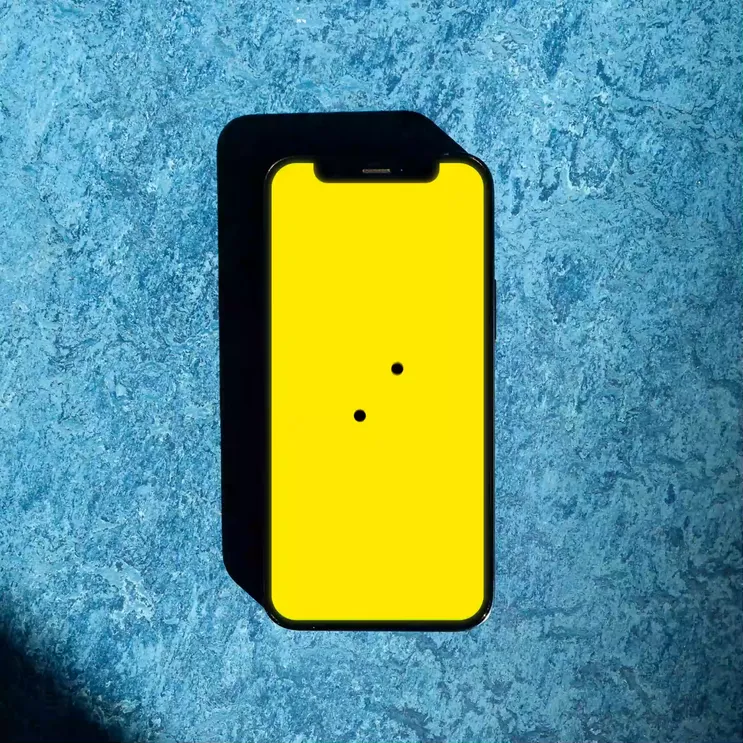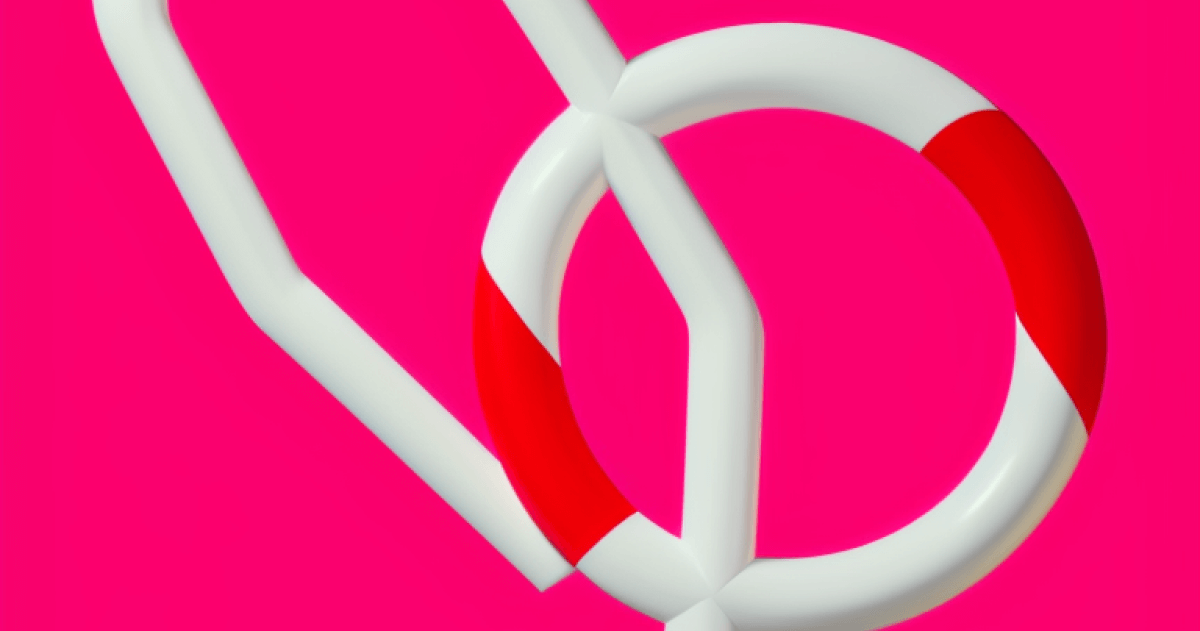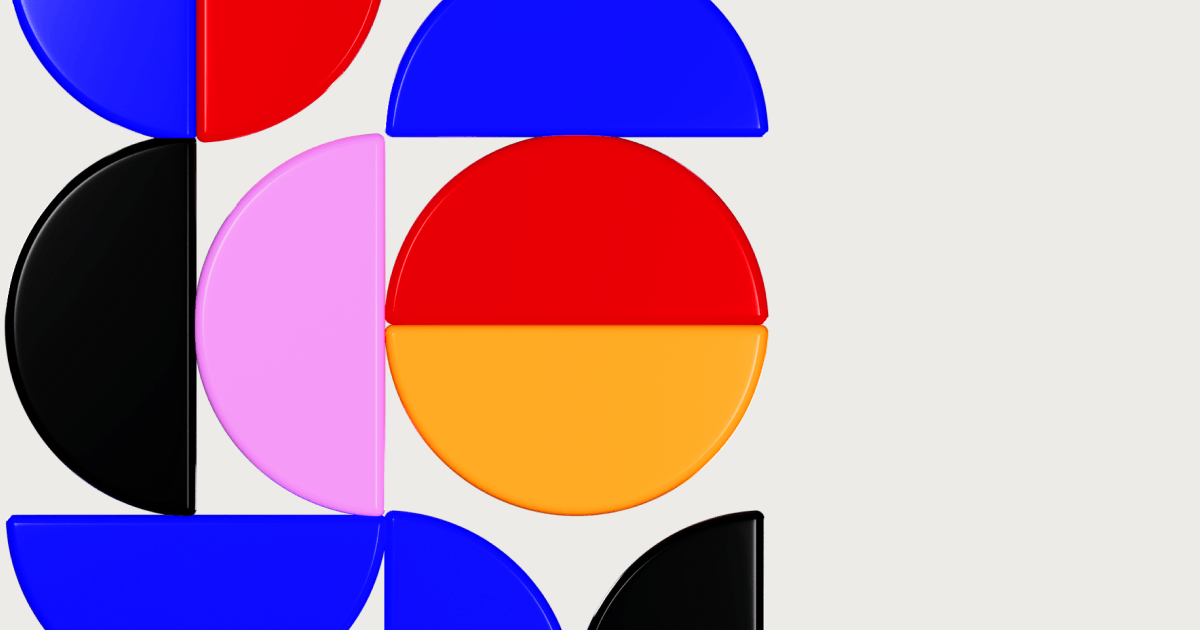Design
3 min read
The Ultimate Design Brief Template
A successful design project starts with a clear design brief, outlining the project objectives, deliverables, and timeframe.
If you want to kick off the conversation with freelance designers or design agencies you have shortlisted for your project, you need to give them enough information about your project to start the ball rolling, without overwhelming them with dozens of pages of product details, market research and deep thoughts about your industry.
We receive dozens of enquiries a month and we know how a useful design brief looks like. And by “useful” we mean a good balance between the information a design studio needs to assess a project and the time the client spends to prepare it. Both sides need this to be time-efficient and productive.
Probably the only thing design agencies dislike more than a one-line email “I need an app” is a 30-page document full of unnecessary details about a project, missing to mention the most basic high-level information – what is it that you need?
So to make this pain-free for everyone and most importantly to save you time, we’ve prepared a simple design brief template that anyone looking to engage a freelance designer or a design agency could use. It’s a 2-page document that you can download for free and update straight away. No watermarks, no catch.
You can use it for any UX, UI, Branding, or Product Design project. We’ve left only the most important information designers need to understand the project and be able to give you an approximate quote. It’s also useful for fellow designers and design studios to send to their prospective clients to speed up the process.
What’s the most important information you need to include in a design brief?
- Project description
- Required Services
- Main Project Features/Sections
- Completion deadline
- Budget
- Development Requirements
- Current challenges
- Target Audience
- What you’re trying to achieve with this project
- Prominent competitors
- Favourite products
- Project lead
Some might argue that more information is needed. Yes, it is, but only when you’re engaging in further discussions and you’re starting with the project. This is more than enough for when you’re shopping around for quotes and want to be time-efficient.























